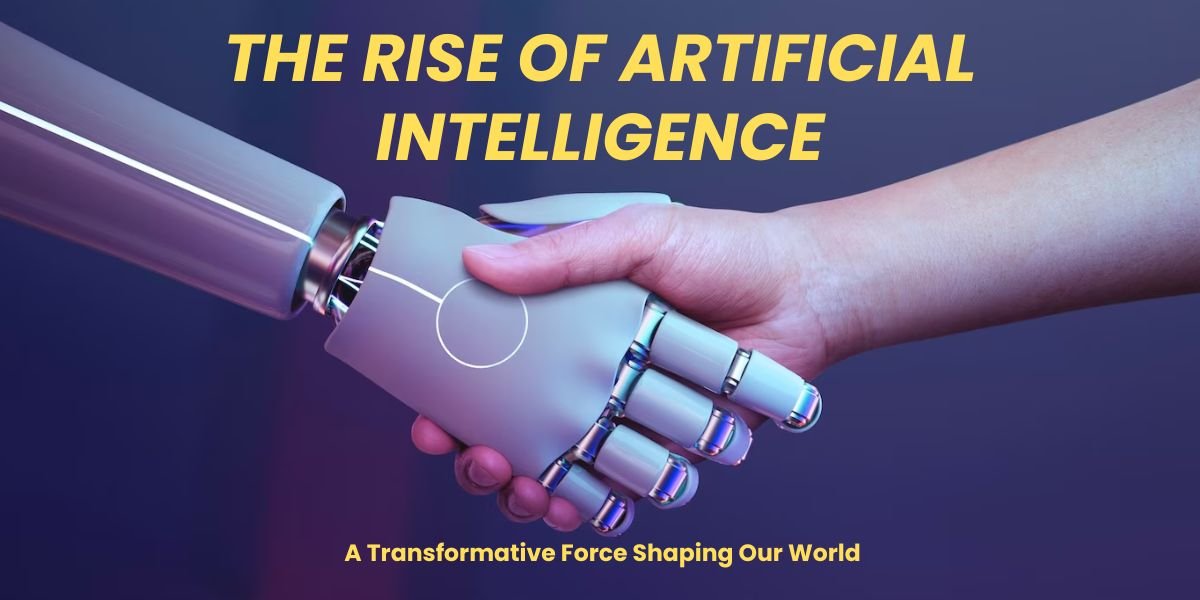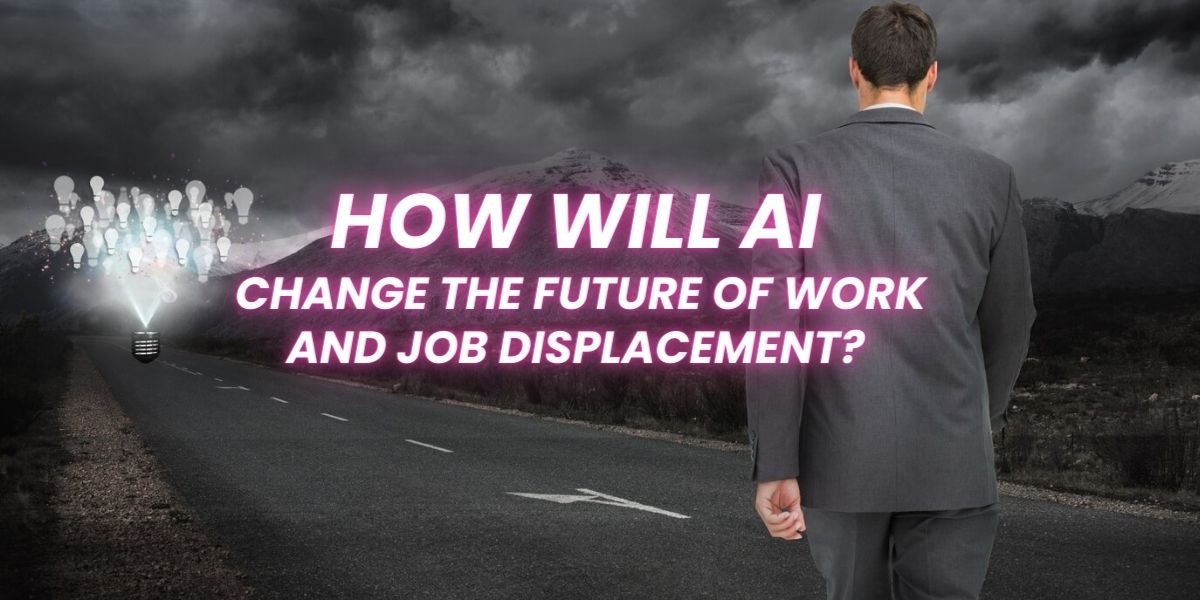The Future of AI in Forestry
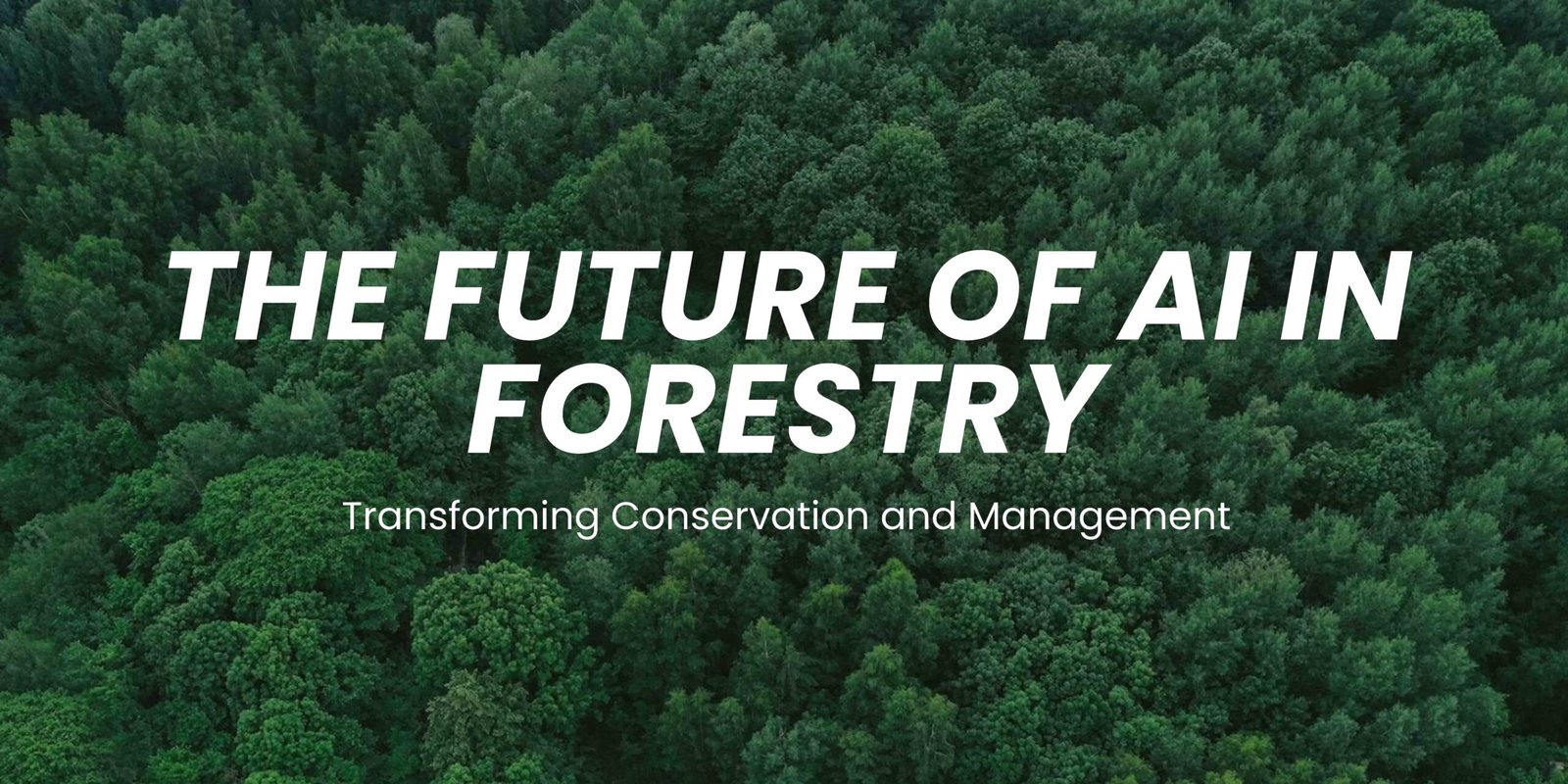
Forests are vital for the health of our planet, providing a multitude of ecosystem services that support life on Earth. With threats like illegal logging, climate change-induced disturbances, and an increasing demand for resources, the responsibility of managing and safeguarding forests grows more complex. Artificial intelligence (AI) is emerging as a powerful ally for foresters, offering tools that streamline processes and provide deeper insights for healthier, more productive forests.
Precision Forest Monitoring: Beyond the Canopy
AI-powered drones and satellites provide unparalleled perspectives on forests. High-resolution imagery isn’t just about counting trees – sensors can reveal information like chlorophyll levels (indicating tree health) and canopy density (important for habitat quality). But AI doesn’t stop at the surface – imagine algorithms analyzing soil samples along with remote sensing data to create detailed maps of nutrient availability and potential stressors. These tools give foresters an unprecedented understanding of what’s happening beneath the forest floor, guiding interventions for long-term resilience.


Early Wildfire Detection and Prevention: Proactive Measures
Artificial intelligence stands to rewrite the rules of wildfire management. Today, AI analyzes real-time data on weather patterns, fuel buildup, terrain, and historical fire data to create risk maps pinpointing areas most vulnerable to ignition. Tomorrow’s wildfire prevention takes this even further:
- Sensor Networks on the Lookout: Dense networks of sensors deployed within forests could detect subtle changes in temperature, humidity, and even chemical signatures in the air that often precede a blaze.
- Swarming Micro-Drones: Imagine fleets of autonomous, AI-controlled micro-drones carrying infrared cameras, swarming high-risk areas during critical periods. This provides near-instant alerts at the first sign of smoke, potentially limiting fires to small, easily contained areas.
- Hyperlocal Weather Modeling: Using live ground sensor data paired with AI, we could move beyond general forecasts to hyperlocal modeling of wind patterns within a specific stand of trees. This lets firefighters predict a new fire’s likely path hours in advance, enabling precision firebreaks and targeted resource allocation.
- Community as Sensors: As smartphone cameras become more powerful, AI-enabled apps could allow residents and hikers to submit images geotagged by the phone. Algorithms could screen these images for smoke plumes or unusual heat signatures, creating a crowdsourced early detection network.
The goal of AI in wildfire management is to move beyond reaction and toward a system of proactive prevention. AI-guided prevention doesn’t eliminate the human element; it informs firefighters with unprecedented data and precision forecasts. This translates into saved forests, less property damage, and crucially, a safer environment for the brave people who battle these devastating blazes.
Combating Pests and Diseases: Targeting the Threat
Forest health faces constant threats from invasive pests and diseases, capable of ravaging entire ecosystems. AI is transforming our ability to counter these dangers with remarkable precision. Currently, image recognition software helps identify early signs of tree distress, often far before it’s visible to humans. But the future holds even greater promise.
Imagine vast networks of acoustic sensors strategically placed within the forest. These sensors would be trained on the specific sounds emitted by destructive insects or even the tell-tale noises of fungi invading a tree’s interior. This auditory network would provide real-time alerts about emerging pest populations, pinpointing their location even before the first leaves show damage. With such early detection, foresters could deploy highly targeted interventions – perhaps even biocontrol methods tailored to the exact species identified.
This targeted approach would revolutionize forest health protection. It would minimize the use of broad-spectrum treatments, protect beneficial insects and wildlife, and catch outbreaks before they escalate. AI-powered pest surveillance would enable foresters to shift from battling widespread infestations to preemptively addressing potential problems at the earliest stages. This protects vulnerable tree species and promotes a balanced, resilient forest ecosystem.


Optimizing Resource Management: Balancing Needs
The complex challenge of balancing timber production with ecological conservation is an area where AI shines. By integrating market forecasts with remote sensing data on tree health and timber quality, AI-powered models can revolutionize harvest planning. These models factor in decades of data on tree growth patterns, enabling informed decisions that balance immediate needs with long-term forest sustainability.
This isn’t just about maximizing short-term yields. AI can suggest silvicultural practices that maintain soil health, protect sensitive species, and promote natural regeneration. The ultimate goal is to ensure forests remain capable of providing diverse resources for generations to come.
Beyond timber, AI can play a role in managing other forest resources. Data-driven insights streamline the process of identifying areas suitable for non-timber products like medicinal plants or fruits. AI can even help assess the potential impact of such activities, ensuring responsible utilization that doesn’t disrupt the broader ecosystem.
Importantly, AI-informed resource management considers biodiversity as a core element. The optimal balance of species, forest structure, and resource use isn’t just an ecological concern – it’s a practical one. Diverse, healthy forests are more productive and resilient in the long term. AI helps us recognize the interdependence between ecological conservation and sustainable resource management.
Tree Planting and Reforestation: The Right Tree, The Right Place
Reforestation efforts are essential for combating climate change and restoring degraded landscapes. However, planting trees isn’t enough – the key is ensuring the right species go to the right places. AI is revolutionizing this process, empowering foresters to make informed decisions for long-term success.
Here’s how AI transforms planting and reforestation:
Data-Driven Matching: AI analyzes historical climate data, soil conditions, current forest composition, and even projected future climate scenarios. This allows it to match tree species with sites where they’re most likely to thrive.
Biodiversity Focus: Forests are more than just trees. AI systems consider biodiversity needs, identifying species that play key ecological roles (e.g., food sources for wildlife, nutrient-fixing for soil) ensuring reforestation efforts rebuild ecosystems, not just plant trees.
Optimized Seed Dispersal: From analyzing wind patterns for natural dispersal to programming drones for targeted seed planting, AI maximizes the success rate of new trees taking root.
Monitoring and Optimization: AI helps track tree growth and survival. This data provides insights into species suitability, helps refine future planting strategies, and identifies potential threats early on.
The Future of Reforestation
AI isn’t replacing the on-the-ground knowledge of foresters. It empowers them with a greater understanding of the complex interactions influencing forest health. Imagine AI systems that suggest ideal mixes of tree species for resilience against future climate conditions, or identify areas where natural regeneration is highly likely, allowing efforts to be focused elsewhere.
The goal is a future where AI-powered reforestation isn’t just about quantity, but about quality – creating forests that flourish, protect biodiversity, and serve the planet for generations to come.


Biodiversity Conservation: Guardians of the Forest
Forests aren’t just a collection of trees – they’re complex ecosystems teeming with life. Artificial intelligence (AI) is emerging as a powerful tool for biodiversity conservation, offering insights that help us safeguard this precious web of interconnected organisms.
Current AI applications focus on non-invasive wildlife monitoring. Cameras, acoustic sensors, and even technology capable of detecting chemical traces left behind by animals allow for a deeper understanding of their populations and behaviors. By cross-referencing this wildlife data with indicators of forest health, AI systems could act as an early-warning system. A decline in a specific species population might signal changes in forest conditions that could cascade and impact many other organisms.
The future of AI in biodiversity conservation is even more promising:
- Optimized reforestation for biodiversity: AI can analyze the unique requirements and ecological roles of different species. It can then recommend replanting strategies that don’t simply restore trees but rebuild the complex relationships within an ecosystem.
- Proactive invasive species detection: AI could pinpoint early signs that an invasive species is taking hold. This allows for swift, targeted interventions that protect vulnerable native populations and the health of the forest as a whole.
- Holistic ecosystem understanding: Imagine AI models integrating wildlife data, forest health indicators, climate models, and even human activity patterns. This would reveal subtle shifts in the delicate balance of an ecosystem, empowering conservationists with the information they need to act before problems become irreversible.
AI won’t replace the knowledge and intuition of conservationists. Instead, it’s a powerful tool that promises to expand the understanding of these professionals, helping them make informed decisions that protect the incredible diversity of life that calls the forest home.

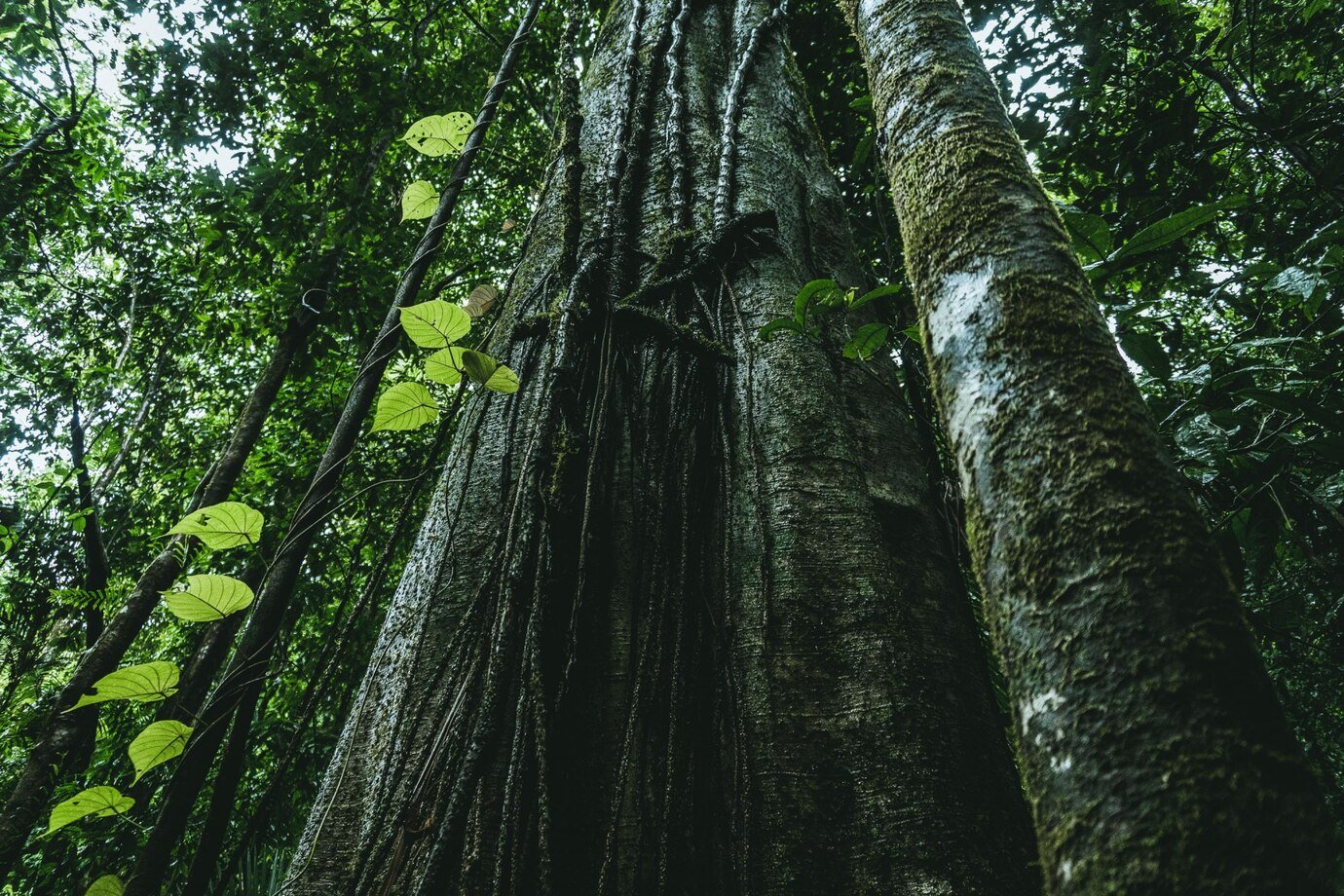
Challenges and Considerations: Responsible Innovation
While the promise of AI in forestry is immense, thoughtful implementation is crucial to avoid unintended consequences and ensure this technology supports sustainable practices. Here are key areas of consideration:
Data Bias and Imbalance: AI models are trained on data. If data sets suffer from bias (over-representing certain forest types or regions), or don’t have enough volume and variety, the resulting insights can be misleading. Efforts to collect and share diverse forestry-related data with careful attention to quality are crucial for unbiased AI development.
Explainability and Transparency: The ability to understand why an AI system makes a recommendation (particularly when it impacts forest health) is vital for trust and responsible use. “Black box” algorithms must be avoided in favor of explainable AI.
Human Expertise Integration: AI should be a tool, not a replacement. Foresters have irreplaceable knowledge and judgment. AI solutions must prioritize augmenting human decision-making rather than displacing it entirely.
Accessibility and Equity: The benefits of AI in forestry shouldn’t be limited to a privileged few. Tools need to be democratized, with interfaces and training designed to empower forest managers across the globe, regardless of their prior technical experience.
Environmental Impact of AI: Large AI models require significant energy. Developers must strive for energy-efficient algorithms and support initiatives that prioritize sustainable computing and renewable energy sources.
Responsible AI: The Path Forward
Addressing these challenges requires an open dialogue between AI developers, foresters, conservation organizations, and local communities. Ethical frameworks, regulations for responsible AI development, and ongoing assessments of long-term impact are all necessary elements to ensure AI becomes a force for good in the world’s forests.
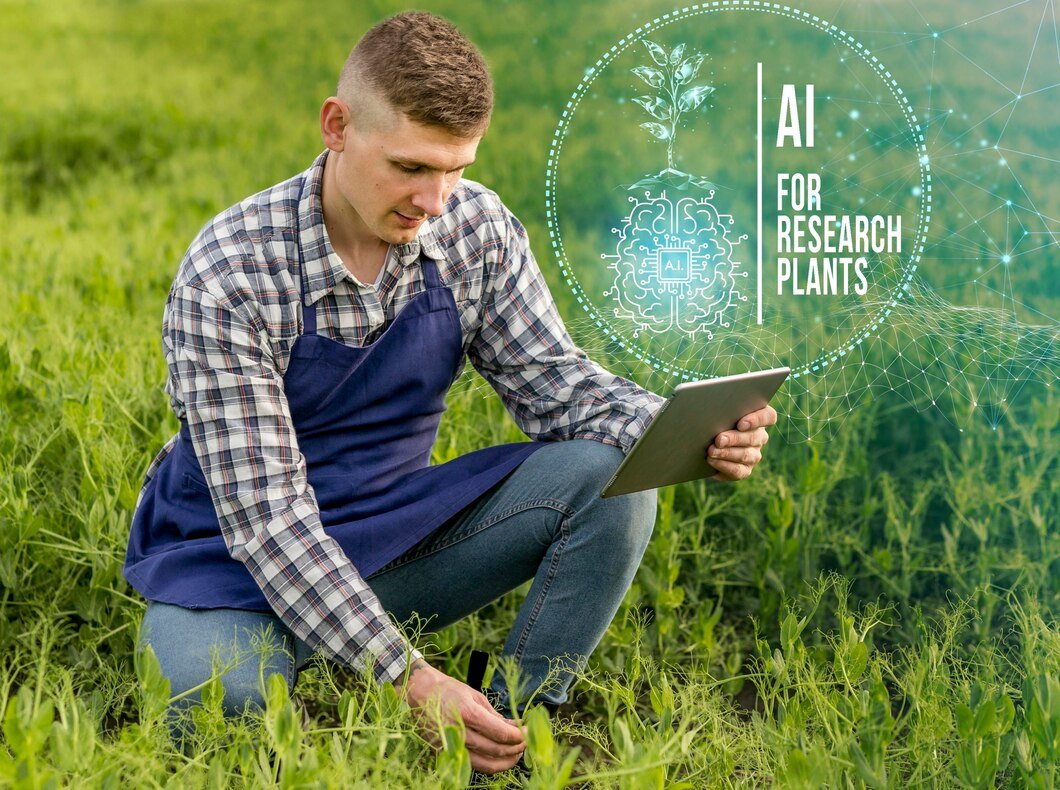
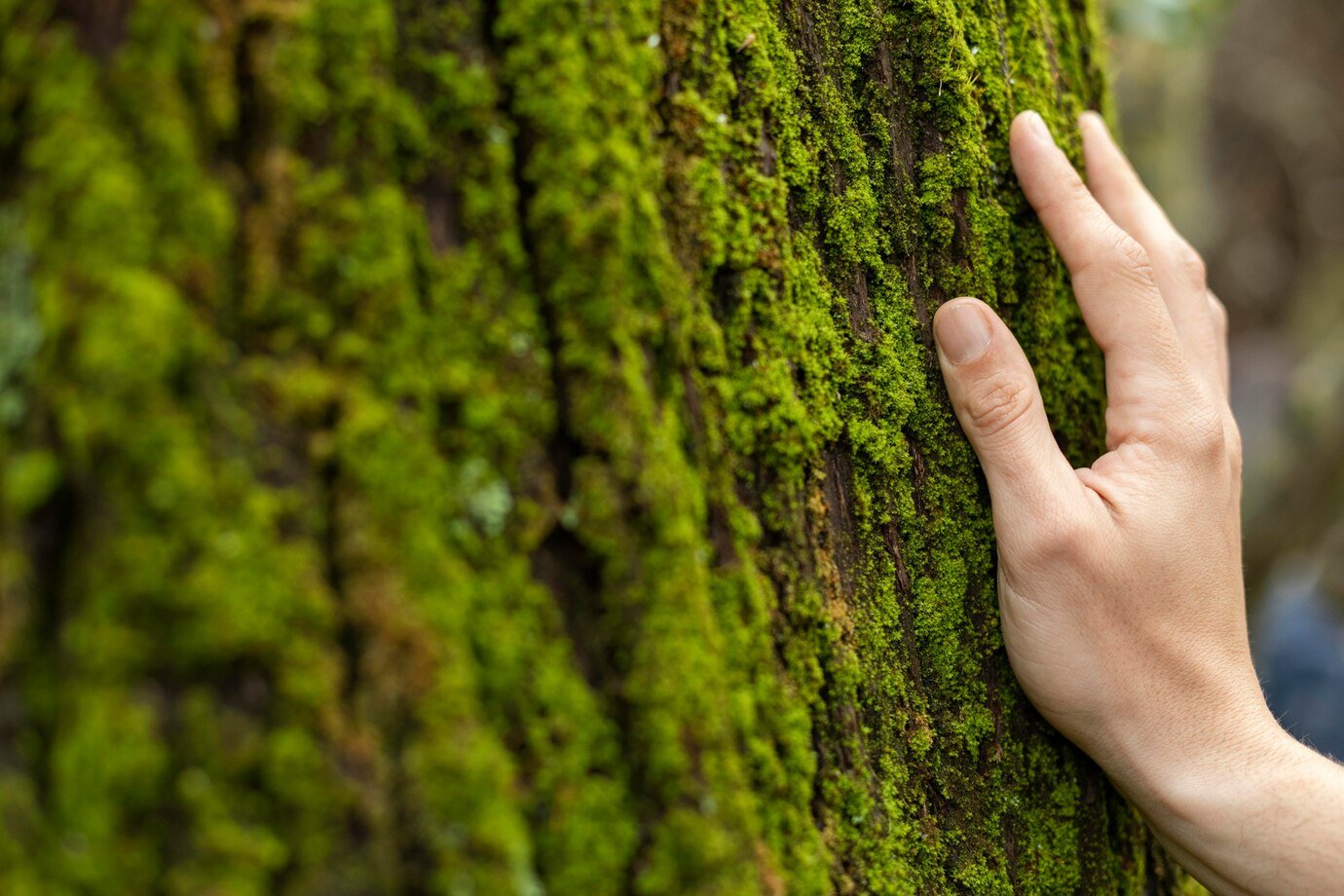
The Future: A Symbiosis of Technology and Nature
The potential of AI in forestry paints a picture of a future where technology and nature work in harmony. Imagine AI systems capable of providing early warnings about invasive species outbreaks, allowing foresters to intervene quickly and protect vulnerable ecosystems. Envision AI-powered tools that aid in timber harvesting, but do so by mimicking natural disturbances – a strategy that promotes biodiversity and long-term forest health.
AI also has a key role in wildlife monitoring. Networks of smart sensors could alert us to changes in animal behavior or population sizes, offering crucial clues about potential ecosystem imbalances far sooner than traditional methods.
This technological revolution must be guided by a deep respect for nature. AI should be a tool that enhances the knowledge, intuition, and experience of foresters and conservationists, not a replacement for them. Through careful design and thoughtful implementation, AI can be a powerful ally in our mission to steward forests for future generations. It’s a future where cutting-edge technology walks hand-in-hand with the wisdom of the natural world.

F&Qs
A: Yes! Companies like Pachama use AI to monitor carbon stored in forests via satellite imagery. There are projects utilizing AI for early detection of diseases like Sudden Oak Death to protect vulnerable tree populations. Researchers are even exploring AI-guided drones for tree planting and monitoring.
A: No. AI is a powerful tool, but it should enhance, not replace, the knowledge and experience of foresters. AI is best for analyzing vast amounts of data and identifying patterns, but foresters are the ones who bring understanding of the complex relationships within a forest ecosystem and make informed decisions.
A: Implementation costs vary significantly depending on the scope and complexity of the AI applications. There are open-source tools and projects focused on making AI more accessible, particularly for smaller organizations and developing nations where forests are particularly critical.
A: It’s essential to have clear guidelines for data collection, storage, and use. Depending on the data, there may be sensitivity related to location of endangered species, commercial logging operations, etc. Strong cybersecurity and transparency in data use are vital for building trust.
A: Yes! AI can analyze satellite imagery to identify changes in forest cover suggestive of illegal operations. It can also track the movement of timber shipments, potentially tracing illegally sourced wood back to its origin. While AI isn’t a foolproof solution, it’s a powerful tool in the fight against illegal logging.









